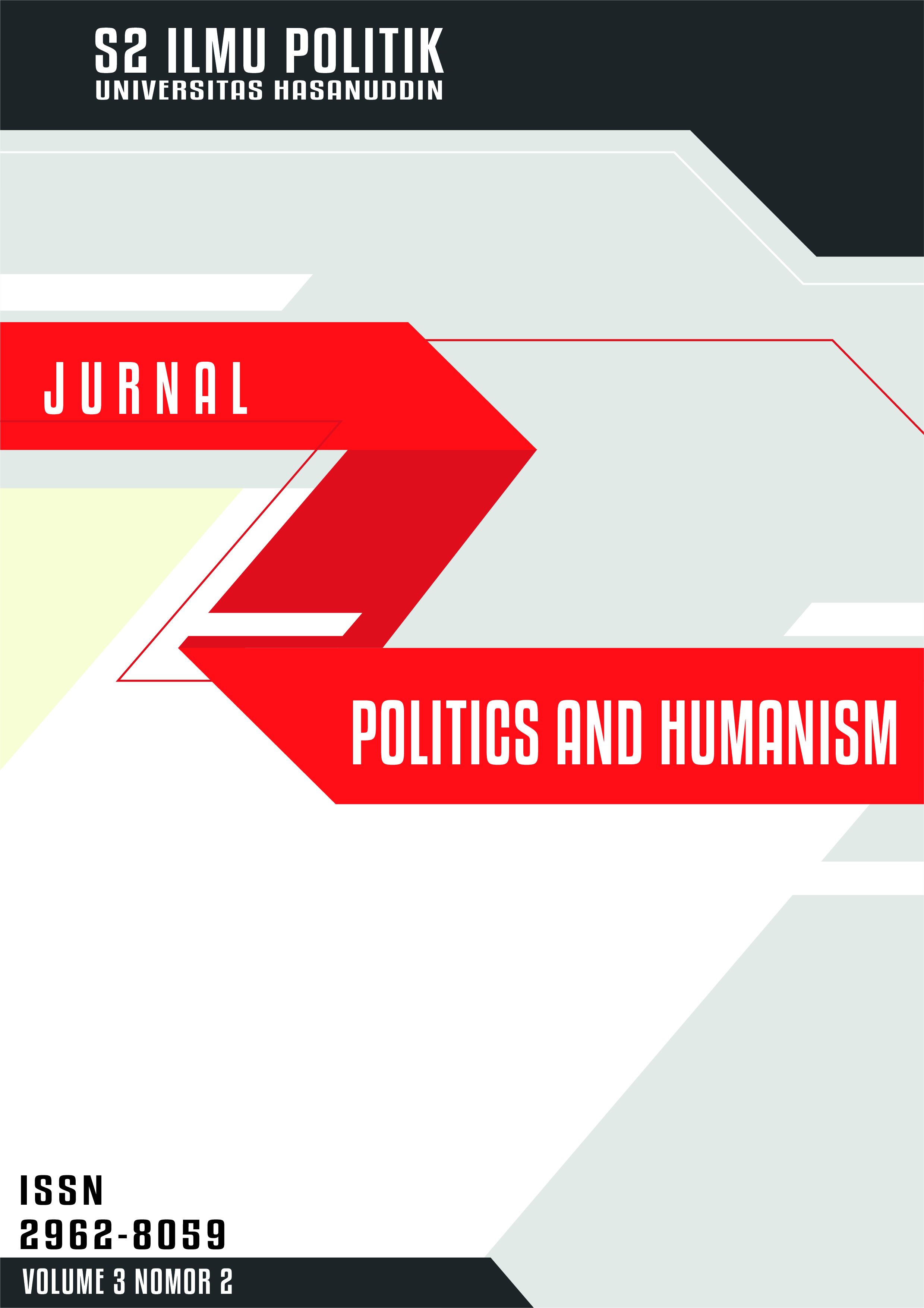ANALYSIS OF ASEAN’S OPERATING PRINCIPLES IN ADDRESSING BRIDE TRAFFICKING CASES IN SOUTHEAST ASIA: A CASE STUDY OF VIETNAM AND INDONESIA
Keywords:
Bride Trafficking, ASEAN, Human RightsAbstract
Bride trafficking in Southeast Asia presents a multifaceted challenge that demands a comprehensive response. Evaluating ASEAN's performance against the eight criteria outlined by Hugh Miall and Christopher Michell (1999) becomes crucial in assessing its effectiveness in addressing this issue. This research delves into the socioeconomic, legal, and human rights dimensions of bride trafficking, shedding light on the complexities involved. Through a qualitative and descriptive analysis, the study examines existing legal frameworks, the impacts on victims, and the role of ASEAN in facilitating regional cooperation. By scrutinizing ASEAN's actions against the criteria of Impartiality, Mutuality, Sustainability, Complementary, Reflexivity, Consistency, Accountability, and Universality, this research aims to determine whether ASEAN's interventions align with international standards and effectively address the root causes and consequences of bride trafficking in the region. Ultimately, this study contributes to the ongoing discourse on bride trafficking and underscores the importance of ASEAN's role in combatting this egregious violation of human rights.
Downloads
Published
Issue
Section
License
Copyright (c) 2024 Politics and Humanism

This work is licensed under a Creative Commons Attribution 4.0 International License.



